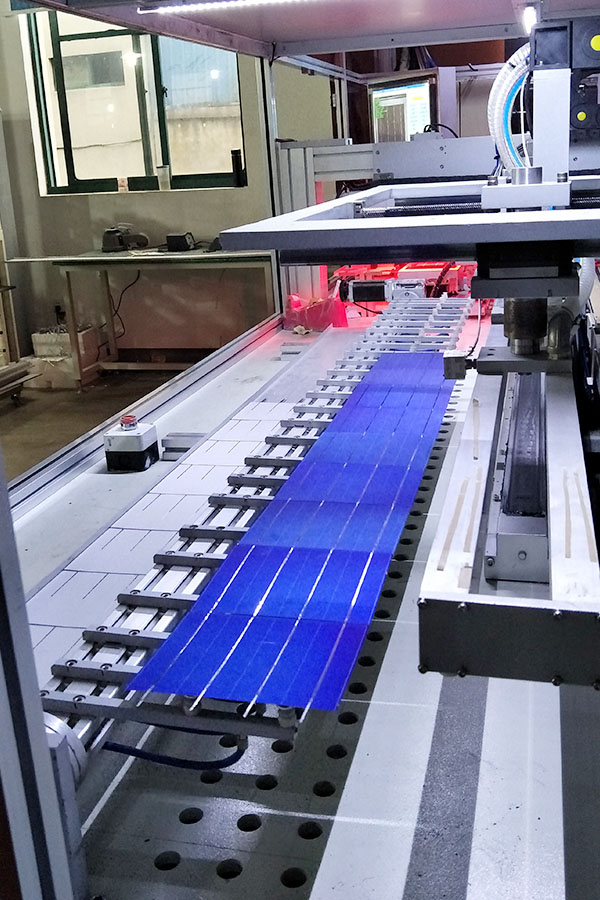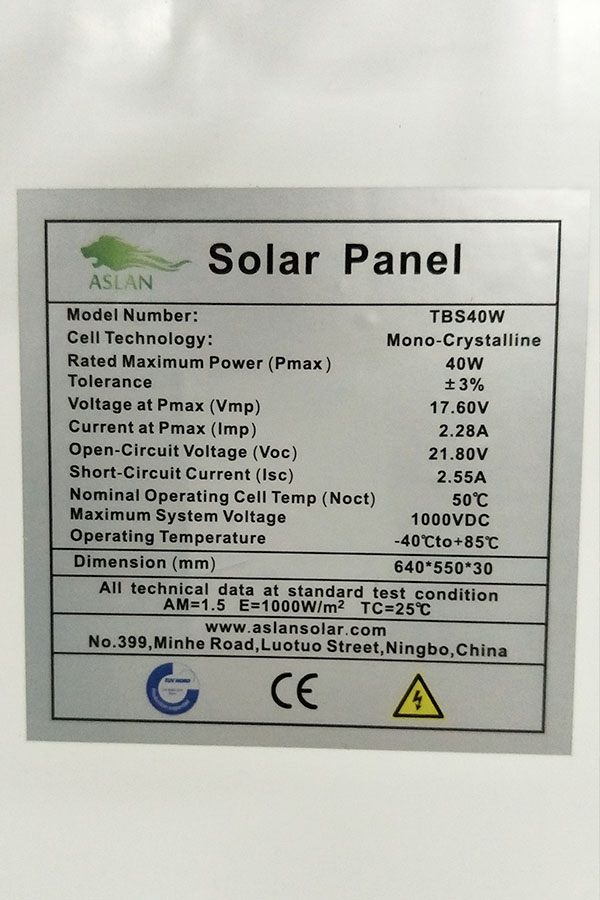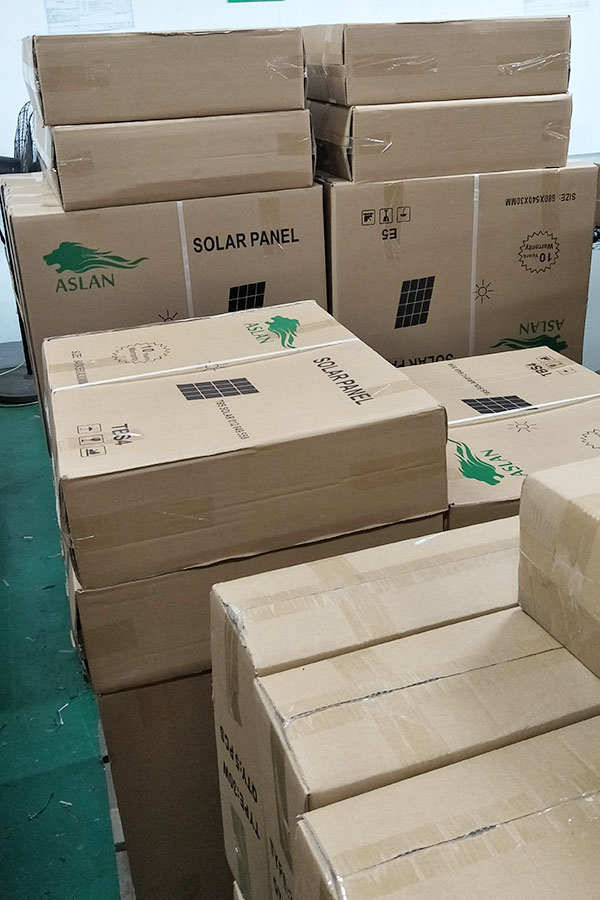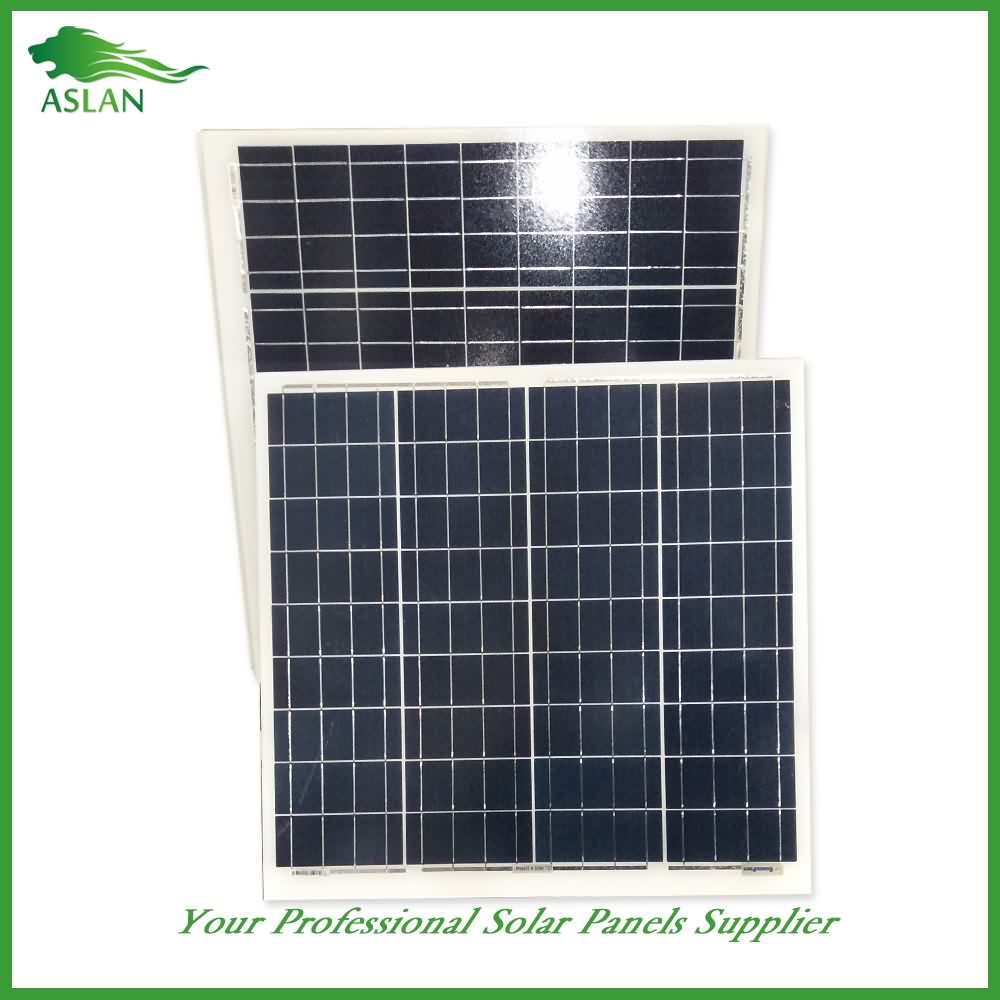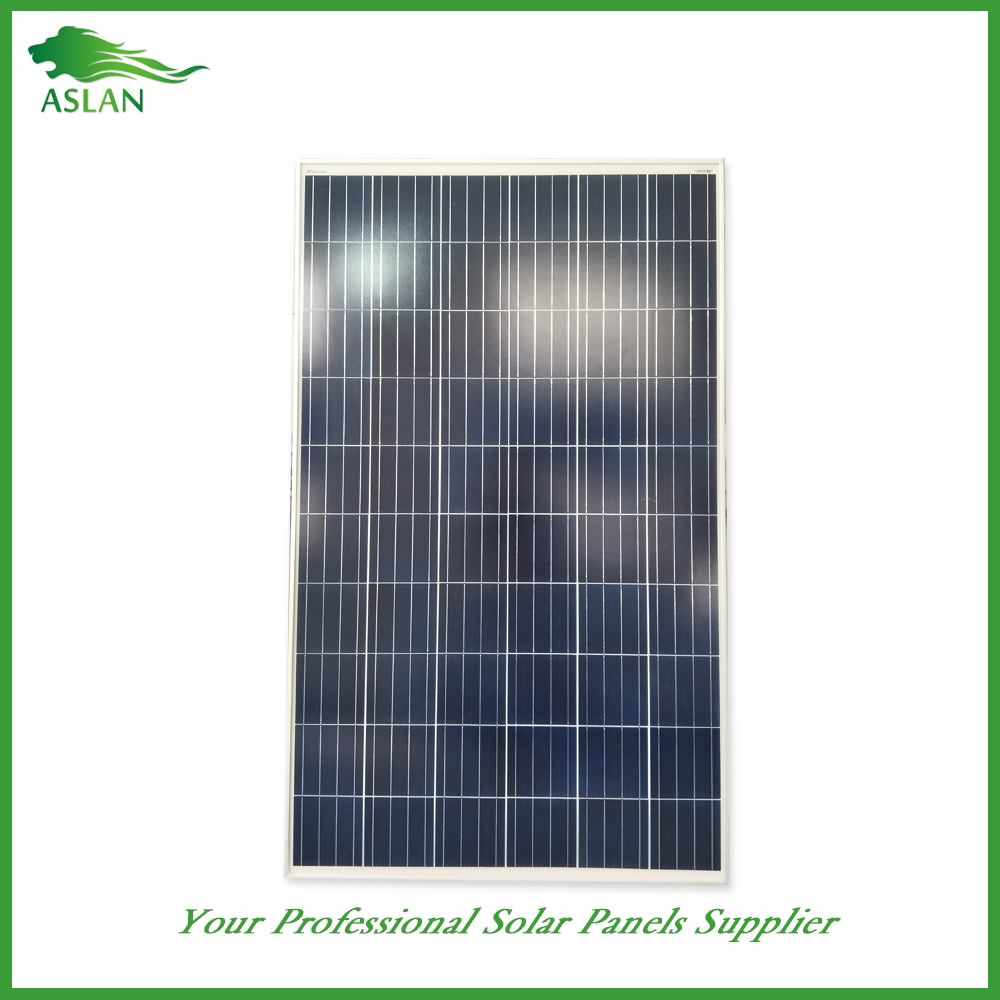5 Years Factory Poly-crystalline Solar Panel 3W to Rome Factory
Short Description:
We always believe that one's character decides products' quality, the details decides products' quality ,with the REALISTIC,EFFICIENT AND INNOVATIVE team spirit for 5 Years Factory Poly-crystalline Solar Panel 3W to Rome Factory, We always hold the philosophy of win-win, and build long-term cooperation relationship with customers from around the world.We believe that our growth base on customer's success, credit is our life.
Poly-crystalline Solar Panel 3W
Technical parameter
Maximum Power(W) 3W
Optimum Power Voltage(Vmp) 9V
Optimum Operating Current(Imp) 0.34A
Open Circuit Voltage(Voc) 10.8V
Short Circuit Current(Isc) 0.37A
Mechanical Characteristics
Cell Type Polycrystalline
No of Cell 18 (2x9pcs)
Dimensions 145x245x18mm
Weight 0.52KGS
Front Glass 3.2mm,High Transmission, Low Iron,Tempered Glass
Temperature and Coefficients
Operating Temperature(°C): -40°C ~ + 85°C
Maximum System Voltage: 600V(UL)/1000V(IEC) DC
Maximum Rated Current Series: 10A
Temperature Coefficients of Pmax: -0.435%
Temperature Coefficients of Voc: -0.35%
Temperature Coefficients of Isc: 0.043%
Nominal Operationg Cell Temperature (NOCT): 47+/-2°C
Materials of solar panel
1).Solar Cell——Polycrystalline solar cell 156*156mm
2).Front Glass——-3.2mm, high transmission, low iron, tempered glass
3).EVA——-excellent anti-aging EVA
4).TPT——-TPT hot seal made of flame resistance
5).Frame——anodized aluminum profile
6).Junction Box——-IP65 rated, high quality, with diode protection
Superiority: high quality anodized aluminum frame, high efficiency long life, easy installation, strong wind resistance, strong hail resistance.
Features
1. High cell efficiency with quality silicon materials for long term output stability
2. Strictly quality control ensure the stability and reliability, totally 23 QC procedures
3. High transmittance low iron tempered glass with enhanced stiffness and impact resistance
4. Both Poly-crystalline and Mono-crystalline
5. Excellent performance in harsh weather
6. Outstanding electrical performance under high temperature and low irradiance
Quality assurance testing
Thermal cycling test
Thermal shock test
Thermal/Freezing and high humidity cycling test
Electrical isolation test
Hail impact test
Mechanical, wind and twist loading test
Salt mist test
Light and water-exposure test
Moist carbon dioxide/sulphur dioxide
Trucks that sit on the lot for long periods of time have a hard time keeping batteries fully charged. This is because parasitic loads slowly drain batteries over time. If a truck sits for more than a few months it will more than likely require a jumpstart to get moving again.
Purkeys has developed a way to utilize energy from the sun to help counteract parasitic loads, in turn providing longer battery life. They have created a portable and easy to use solar converter called, the Solar Dash. According to Purkeys’ Chief Creative Engineer Bruce Purkey, “In the right sun conditions, the Solar Dash can provide enough energy to maintain a truck’s batteries from day to day.”
The Solar Dash comes with a 20W solar panel, conversion controller, and an adapter plug that plugs directly into a 12V power port, allowing fleets to maintain a high state of charge from inside the truck. It’s as simple as placing the panel on the dash, plugging it in, and walking away.
The system is great for dealers; allowing them to keep trucks ready to move, no matter how long they sit on the lot.
Check out extra Cooking Tools video clips: http://www.howcast.com/video clips/155609-How-to-Turn-a-Pizza-Box-into-a-Solar-Oven
Preserve that very last slice of pizza! You can reheat it in its personal container, utilizing the sun’s electricity.
Step 1: Draw a square
Using the ruler and black marker, draw a square on your pizza-box lid, leaving a 1-inch border from the edge of the box to each aspect of the square.
Step 2: Type the flap
With the box cutter or utility knife, minimize by way of 3 sides of the square you just drew, leaving the line at the rear of the box hooked up. Fold the flap back again so that it stands up when the pizza-box lid is shut.
Step 3: Cover the flap with foil
Cover the underside of the flap with significant-obligation aluminum foil, which will replicate daylight into the oven. Glue the foil to the flap, sleek out wrinkles, and minimize off any excessive.
Step four: Tape plastic sheet
With the scissors, minimize two square parts of apparent plastic wrap, each 1 square inch more substantial than the flap opening. Open the pizza box, and tape just one piece of plastic to the underside of the gap so that the plastic addresses it.
Step 5: Tape second plastic sheet
Shut the lid, and tape the second plastic sheet about the top of the gap, building a window that helps preserve the sun’s heat in the box. Pull both of those sheets taut as you tape them.
Tip
Sustaining an airtight box is essential in keeping the oven hot.
Step 6: Layer the base with foil
Glue or tape a layer of aluminum foil to the inside of base of your pizza box for insulation.
Step seven: Cover with black paper
Cover the foil layer in the box with sheets of black design paper and glue them into place. The black base will soak up mild and crank out extra heat inside of your oven.
Step 8: Find very best angle
Shut the lid, and you are all set to commence cooking! On a shiny working day, place your photo voltaic oven outside in direct daylight. Adjust the foil flap to find the very best ray-reflecting angle, and use the ruler, a adhere, or a really hard-plastic straw to preserve the flap propped in place.
Tip
If you want to take a look at the reflective angles of your oven right before you head outside, shine a laser pointer on to the foil flap to simulate rays of daylight.
Step nine: Preheat
Preheat your oven by leaving it in direct daylight for 30 minutes. The box’s temperature will reach about two hundred levels, so when you won’t be in a position to cook dinner a roast, you can reheat cooked food items, melt cheese or chocolate, or—if you have all day—prepare a veggie stew.
Step 10: Cook
Regardless of what you determine to cook dinner, place it—on its personal, or in a heat-safe container—in the heart of the oven, so that it is straight less than the plastic-wrap window. Shut the lid, leaving the flap propped open, and examine on your food items each individual 15 to 30 minutes.
Did You Know?
Earth receives extra electricity from the sunshine in just one hour than our complete world makes use of in a year.

